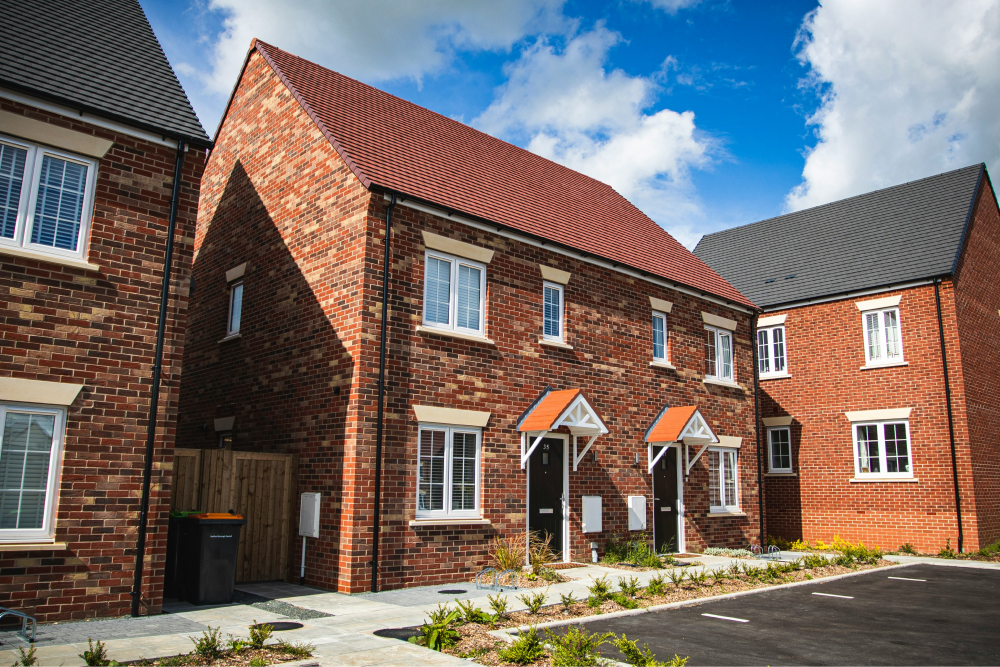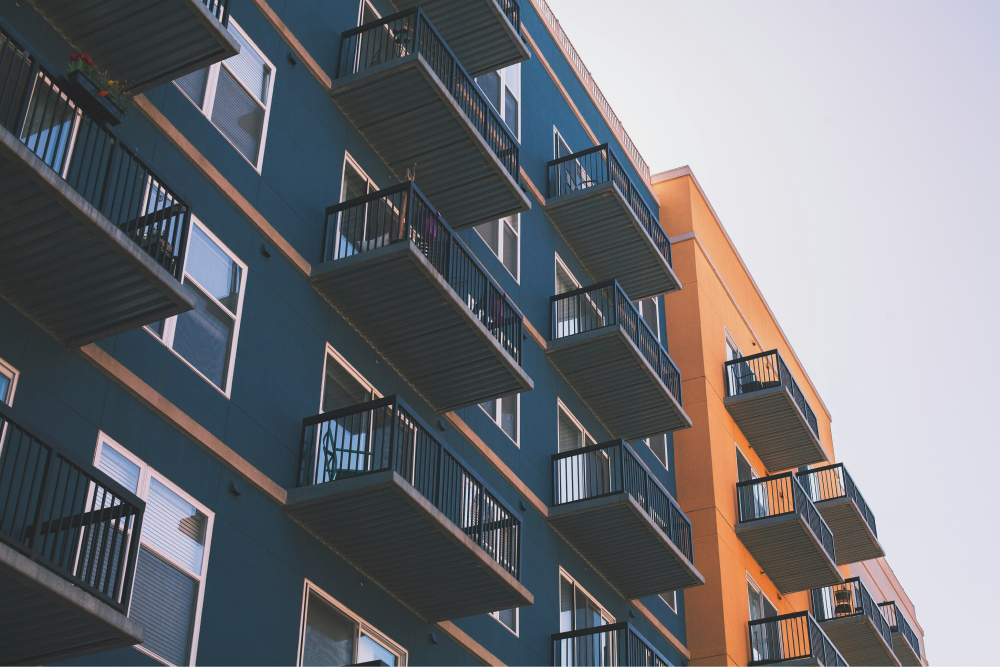Can I Get Temporary Home Insurance if the Property is Unoccupied?
Key Points
- Temporary home insurance can be obtained for unoccupied properties, but it may differ from standard home insurance.
- Unoccupied property is typically defined as a home that has been empty for more than 30 consecutive days.
- Insurance coverage may vary; some policies may exclude certain risks associated with unoccupied homes, like vandalism or theft.
- It’s crucial to inform your insurer about the unoccupied status to ensure you have the right coverage.
- Contend can help you navigate the complexities of temporary home insurance and provide personalized legal guidance for your specific situation.
Understanding Temporary Home Insurance
Temporary home insurance is a type of coverage designed for properties that are unoccupied for a limited time. This can be relevant for various situations, such as:
- Homes undergoing renovations.
- Properties awaiting sale.
- Homes left vacant due to relocation or travel.
Understanding whether you can obtain temporary home insurance for an unoccupied property is essential for protecting your investment and ensuring peace of mind.
Why Is Temporary Home Insurance Important?
When a property is unoccupied, it may be more susceptible to certain risks, such as:
- Vandalism: An empty property can attract unwanted attention.
- Theft: Valuable items left in an unoccupied home may be at risk.
- Damage: Without regular oversight, issues like plumbing leaks or electrical failures may go unnoticed, leading to further damage.
Having temporary home insurance can help mitigate these risks and ensure that you are financially protected during the period your home is unoccupied.

The Definition of Unoccupied Property
In the context of insurance, an unoccupied property is typically defined as a home that has been empty for more than 30 consecutive days. However, this definition may vary among insurers, so it’s important to check the specific terms of your policy.
Factors That Determine Unoccupied Status
Several factors can contribute to a property being classified as unoccupied:
- Duration: If a property has been vacant for over 30 days, it is usually considered unoccupied.
- Intent: If the owner intends to return but has temporarily left the property, it may still be considered occupied by some insurers.
- Condition: A home that is being actively renovated may not be classified as unoccupied if there is regular activity.
Types of Temporary Home Insurance Policies
When considering temporary home insurance for an unoccupied property, you may encounter various types of policies:
1. Standard Temporary Home Insurance
This type of policy provides coverage for unoccupied properties for a specified period, typically ranging from a few weeks to several months. Coverage often includes:
- Protection against fire, flood, and storm damage.
- Liability coverage for accidents occurring on the property.
- Limited coverage for theft and vandalism.
2. Specialist Unoccupied Property Insurance
This policy is specifically tailored for properties that are unoccupied for extended periods. It may offer more comprehensive coverage for risks associated with unoccupied homes, such as:
- Vandalism and malicious damage.
- Theft of fixtures and fittings.
- Damage caused by weather-related events.
3. Renovation Insurance
If your property is unoccupied due to renovations, you may need a renovation insurance policy. This type of coverage typically includes:
- Protection against damage caused by construction work.
- Coverage for tools and equipment left on-site.
How to Obtain Temporary Home Insurance for an Unoccupied Property
Obtaining temporary home insurance for an unoccupied property involves several steps:
Step 1: Assess Your Needs
Before seeking insurance, evaluate the specific needs of your unoccupied property. Consider factors such as:
- The duration of unoccupancy.
- The condition of the property.
- Any renovations or maintenance needed.
Step 2: Research Insurers
Not all insurance companies offer temporary home insurance for unoccupied properties. Research various insurers and compare their policies, coverage options, and exclusions.
Step 3: Provide Necessary Information
When applying for temporary home insurance, you will need to provide relevant information, including:
- The address of the property.
- The reason for unoccupancy.
- The expected duration of unoccupancy.
- Any security measures in place (e.g., alarms, locks).
Step 4: Review the Policy
Once you receive a quote, carefully review the policy terms and conditions. Pay attention to coverage limits, exclusions, and any additional requirements.
Step 5: Inform Your Insurer of Changes
If your situation changes—such as the property becoming occupied or undergoing significant renovations—inform your insurer to ensure your coverage remains valid.
Common Exclusions in Temporary Home Insurance
When obtaining temporary home insurance for an unoccupied property, it’s crucial to be aware of common exclusions that may apply. These can include:
- Vandalism and Theft: Some policies may limit coverage for theft or vandalism in unoccupied homes.
- Accidental Damage: Damage caused by accidents may not be covered if the property is unoccupied.
- Neglect: If the property is deemed neglected, insurers may deny claims for damage.
Tips for Avoiding Exclusions
To avoid potential exclusions:
- Ensure the property is well-maintained and secured.
- Regularly check on the property during the unoccupied period.
- Document any changes or repairs made to the property.
Cost of Temporary Home Insurance
The cost of temporary home insurance for an unoccupied property can vary significantly based on several factors, including:
- Location: Properties in high-crime areas may incur higher premiums.
- Property Value: The value of the property and its contents will impact the cost of coverage.
- Duration of Unoccupancy: Longer unoccupied periods may result in higher premiums.
Average Costs
While costs can vary, temporary home insurance typically ranges from £100 to £500 for a three-month policy. It’s essential to obtain quotes from multiple insurers to find the best coverage at the most competitive price.
Solutions and Recommendations
When considering temporary home insurance for an unoccupied property, here are some practical recommendations:
- Evaluate Your Coverage Needs: Assess the specific risks associated with your unoccupied property and choose a policy that meets those needs.
- Shop Around: Compare quotes from multiple insurers to find the best coverage options at competitive prices.
- Regularly Check on the Property: Make periodic visits to ensure the property remains secure and well-maintained.
- Consider Security Measures: Install security systems, such as alarms or cameras, to deter potential vandalism or theft.
- Consult a Professional: If you are unsure about your insurance options, consider consulting a legal or insurance expert for personalized advice.
How Contend Can Help
Navigating the complexities of temporary home insurance for unoccupied properties can be daunting. At Contend, we understand the intricacies involved and are here to help you find the right insurance solution tailored to your specific situation.
Our AI legal experts can provide guidance on:
- Understanding your insurance options.
- Evaluating the risks associated with unoccupied properties.
- Reviewing policy terms and conditions to ensure you have adequate coverage.
Don’t leave your property unprotected—Chat with Contend’s legal expert today to get clear, personalized advice on temporary home insurance. We’re here to empower you with the knowledge you need to make informed decisions and safeguard your investment.
For more info, check out some of our related articles:
- Securing Your Home: Temporary Insurance Between Exchange & Completion
- Essential Guide to New Build Insurance Before Completion
- Temporary Home Insurance Costs: Saving Tips & Key Factors
- Securing Temporary Home Insurance Before Exchange in the UK
- UK Guide: Avoid These Mistakes to Keep Temporary Home Insurance Valid
